Chainsaws are powerful tools, often associated with cutting through thick logs and dense underbrush. But have you ever wondered if you can run a chainsaw without its defining component – the chain itself?
Before we delve into specifics, it’s crucial to understand the functioning of a chainsaw. Chainsaws are versatile and robust machines, but they are potentially dangerous if not operated correctly. Therefore, one must know how to wield them safely and effectively.
This article aims to expand your knowledge and help you use chainsaws with proper care and necessary equipment. Join us on this educational journey as we provide tips and insights on chainsaw usage.
What is a Chainsaw Chain?
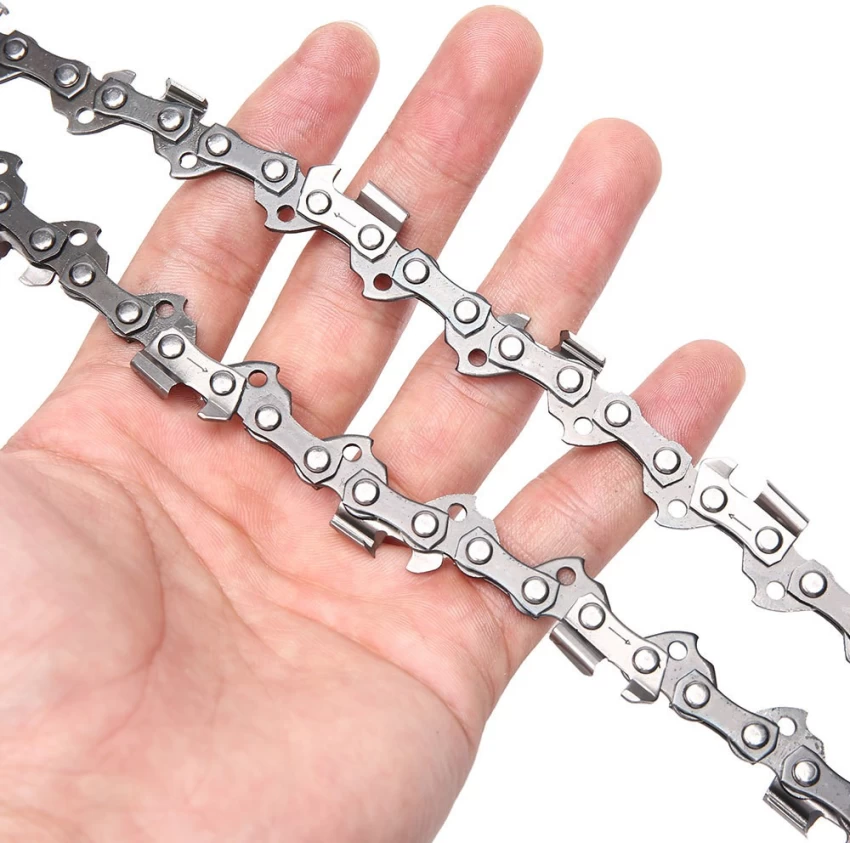
At the core of every chainsaw’s functionality lies a vital component – the chainsaw’s chain. This essential element plays a pivotal role in the cutting process, making it crucial to understand its significance. The chainsaw chain consists of a series of sharp teeth attached to a loop of chain links.
A chainsaw’s engine rotates around the guide bar, effectively slicing through wood, branches, or other materials with precision and speed. The chain’s design and sharpness are integral to its performance, determining the efficiency and safety of the chainsaw. A well-maintained chain ensures smooth cutting, while a worn or improperly tensioned chain can lead to inefficiencies and safety hazards.
The main components of a chainsaw include the cutting teeth, drive links, depth gauges, and tie straps. Each element plays a unique role in the cutting process and its functioning.
For instance, the sharp cutting teeth bite into the material to be cut while drive links propel the chain along the guide bar. Understanding these components will enhance your knowledge about chainsaw mechanics and help you operate it carefully.
Is It Possible to Use a Chainsaw without a Chain?
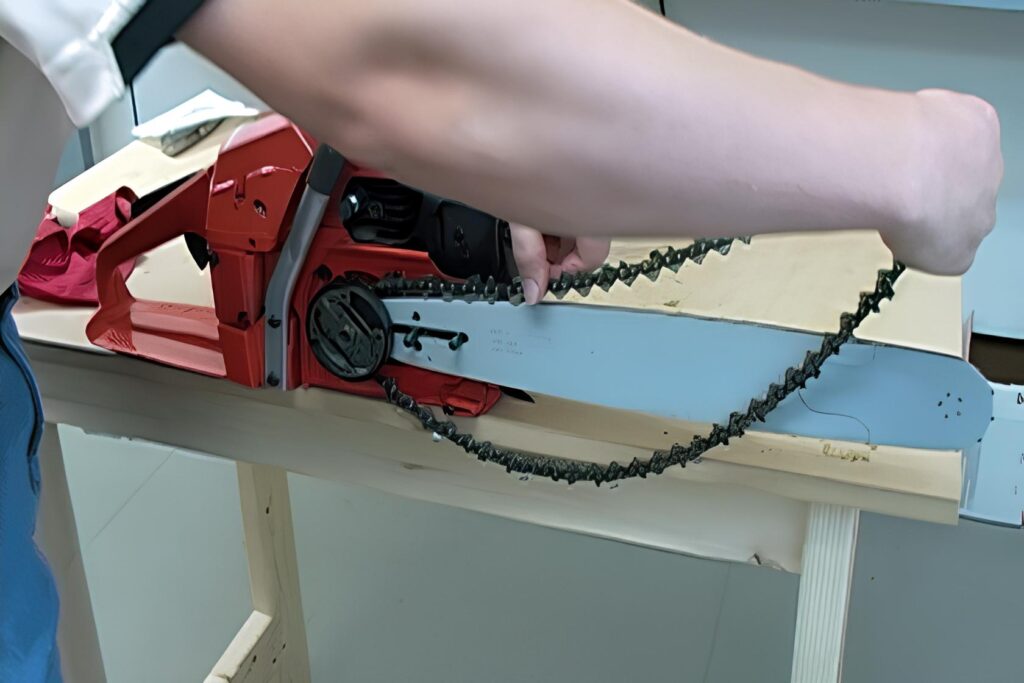
Exploring the guide to chainsaw mechanics reveals that using a chainsaw without a chain is generally not recommended and can be potentially dangerous. The chain is a critical component, essential for cutting and shouldering the load of the operation. However, it is not impossible to run a chainsaw without a chain, but it should be done with utmost care and precaution.
Using a chainsaw without a chain for more than 5 minutes is not recommended. Running a chainsaw without its chain would result in the engine getting damaged due to overheat. It will also put more load on the centrifugal clutch.
Oil leakage is another problem that might occur in the absence of a chain. Without a chain, the oil will leak from the bar’s holes, creating an oily mess! Therefore, you must avoid using a chainsaw without a chain, and in case you decide to use it without one, be mindful of the timings, engine, and the oil tank.
How Do You Remove and Reinstall the Chainsaw Chain?
Removing and reinstalling the chain is necessary for all chainsaw owners and operators. Whether performing maintenance or replacing a dull chain, this step-by-step guide will help you remove and reattach the chainsaw chain correctly and safely.
1. Removing the Chainsaw Chain
Here is how you can remove the chainsaw chain in simple steps without any safety or damage risks:
- Before anything else, ensure that the chainsaw is turned off and the spark plug is disconnected to prevent accidental starts.
- Locate the chain tensioning screw and loosen it. It will help you separate the chain easily.
- Use a wrench or screwdriver to remove the side cover and access the chain and guide bar.
- Finally, lift the chain off the guide bar. In this step, pay attention to the direction of the cutting teeth to avoid any injuries.
2. Reinstalling the Chainsaw Chain
Once you are done using the chainsaw without the chain, follow these steps to reinstall the chain:
- Place the chain over the guide bar, ensuring the cutting teeth face forward.
- Tension the chain using the tensioning screw and adjust the tension until the chain snugly fits the guide bar but can still be rotated by hand. Remember not to over-tight it.
- Check for sag by lifting the chain from the middle of the guide bar. There should be a slight sag of about ⅛ to ¼ inch between the bottom of the guide bar and the chain.
3. Safety Checks After Reinstallation
After reinstalling the chain, it is essential to perform safety checks before operating the chainsaw. It would be best to inspect the chain for proper installation, check the chain oil reservoir, and ensure it was filled. You must perform the safety check wearing safety gear, including eye and hearing protection.
Conclusion
Operating a chainsaw carries inherent risks, whether for professional tasks or personal projects. Responsible chainsaw usage is essential for the user’s safety and efficient cutting. The best way to use a chainsaw properly is with its chain attached to ensure safety and efficiency.
However, you can also use it without the chain, but not for more than five minutes. Keeping the oil tank empty while using the chainsaw without a chain is also important. Once you use the chainsaw without the chain, attach it back for future use.
We also recommend running a safety check and wearing safety gear before using the chainsaw.

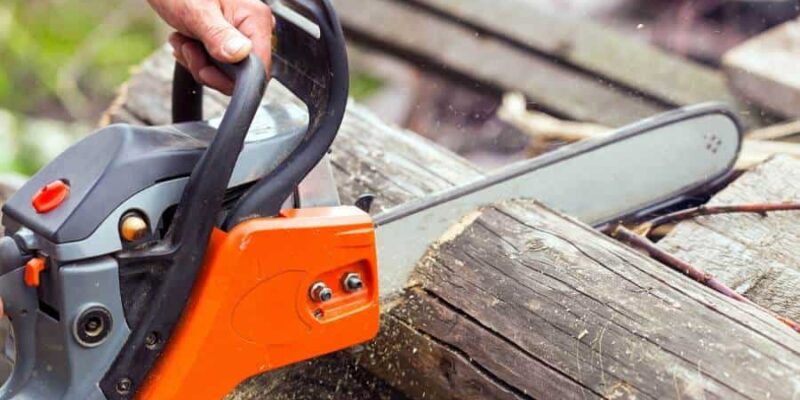
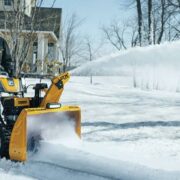
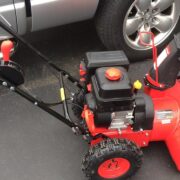

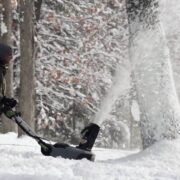


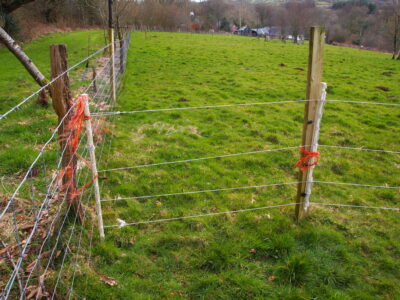
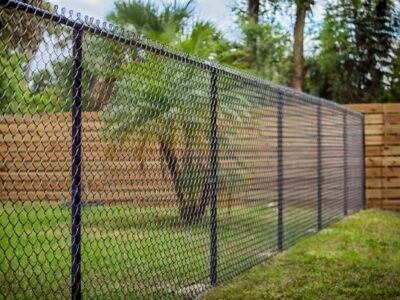
Comments